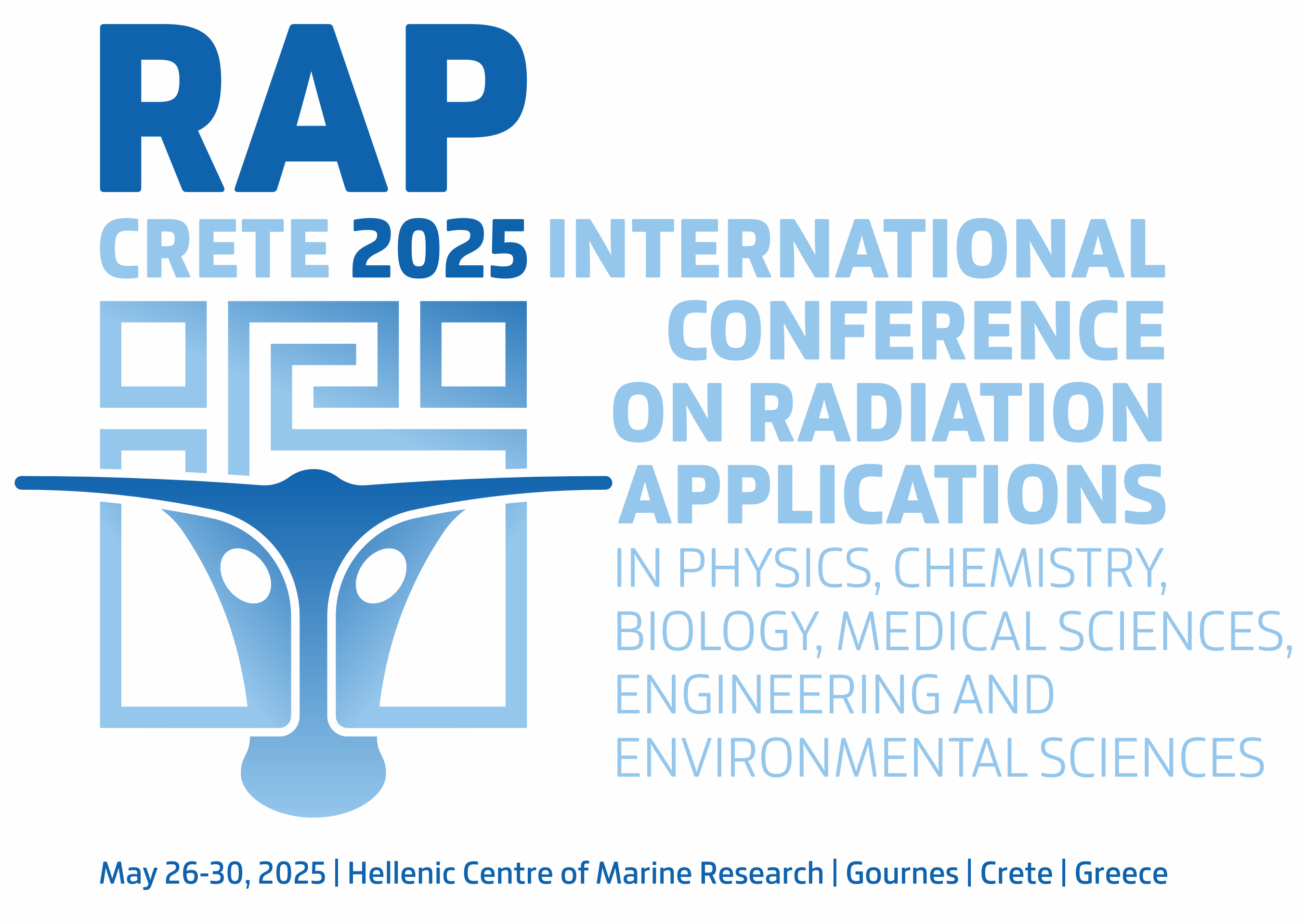Vol. 6, 2021
Biomaterials
INVESTIGATION OF POLYMER CONCENTRATION ON PHYSICAL AND MORPHOLOGICAL PROPERTIES OF PLLA BASED FIBROUS STRUCTURES
Suzan Ozdemir, Janset Oztemur, Hande Sezgin, Ipek Yalcin Enis
Pages: 128–132
DOI: 10.37392/RapProc.2021.26
Abstract | References | Full Text (PDF)
The selection of the raw materials is one of the most important factors for tissue scaffolds to function as native tissue. In this regard, the usage of biopolymers is crucial because these polymers are biocompatible, biodegradable, and non-toxic. Poly (l-lactic acid) (PLLA) has high biocompatibility that promotes cell attachment and proliferation, also it has suitable biodegradation time to allow cells to generate their own extracellular matrix (ECM) without creating any toxicity. On the other hand, polycaprolactone (PCL) has some mechanical advantages that can contribute to the function of the designed scaffolds when using as a blend. In this study, PLLA-based fibrous structures are produced by electrospinning method. Different concentrations of PLLA (10%, 14%, and 18%) are dissolved in chloroform solvent while PCL/PLLA blends (8% wt.) with different ratios (5/5, 6/4, 7/3, 8/2, and 9/1) are dissolved in 8/1/1 chloroform/ethanol/acetic acid solvent systems. The physical and morphological analyses are accomplished to determine the effect of concentration and blend ratio on the web structure.
- I. Yalcin-Enis,, J. Oztemur, “The potential use of fibrous webs electrospun from polylactic acid / poly ɛ-caprolactone blends in tissue engineering applications,” in Engineering and Architecture Sciences: Theory, Current Researches and New Trends , C. Çi̇vi̇, T. Yilmaz, Eds., 1st ed., Cetinje, Montenegro: IVPE, 2020, ch. XV, pp. 213 – 234.
Retrieved from: http://www.uakb.org/source/2020%20Ekim%20Kitaplari/ENGINEERING%20AND%20ARCHITECTURE%20SCIENCES%20Theory ,%20Current%20Researches%20and%20New%20Trends-min.pdf
Retrieved on: Nov. 10, 2020 - I. Y. Enis, T. G. Sadikoglu, “Design parameters for electrospun biodegradable vascular grafts,” J. Ind. Text., vol. 47, no. 8, pp. 2205 – 2227, May 2018.
DOI: 10.1177/1528083716654470 - J. Oztemur, I. Yalcin-Enis, “Morphological analysis of fibrous webs electrospun from Polycaprolactone, polylactic acid and their blends in chloroform based solvent systems,” Mater. Today: Proc., vol. 46, pp. 2161 – 2166, 2021.
DOI: 10.1016/j.matpr.2021.02.638 - T. Biswal, “Biopolymers for tissue engineering applications: A review,” Mater. Today Proc., vol. 41, pp. 397 – 402, 2021.
DOI: 10.1016/j.matpr.2020.09.628 - S. A. Ganie, A. Ali, T. A. Mir, Q. Li, “Physical and chemical modification of biopolymers and biocomposites,” in Advanced Green Materials, S. Ahmed, Ed., 1st ed., Sawston, UK: Woodhead Publishing, 2020, ch. 16, pp. 359 – 377.
DOI: 10.1016/B978-0-12-819988-6.00016-1 - J. Oztemur, I. Yalcin Enis, “The Role of Biopolymer Selection in the Design of Electrospun Small Caliber Vascular Grafts to Replace the Native Arterial Structure,” in Theory and Research in Engineering, A. Hayaloğlu, Ed., 1st ed., Ankara, Turkey: Gece Publishing, 2020, ch. 9, pp. 167 – 192.
Retrieved from: https://www.gecekitapligi.com/Webkontrol/uploads/Fck/engineering_7.pdf
Retrieved on: Feb. 18, 2021 - M. S. B. Reddy, D. Ponnamma, R. Choudhary, K. K. Sadasivuni, “A comparative review of natural and synthetic biopolymer composite scaffolds,” Polymers, vol. 13, no. 7, 1105, Apr. 2021.
DOI: 10.3390/polym13071105
PMid: 33808492
PMCid: PMC8037451 - E. Bolbasov et al., “Comparative Study of the Physical, Topographical and Biological Properties of Electrospinning PCL, PLLA, their Blend and Copolymer Scaffolds,” IOP Conf. Ser.: Mater. Sci. Eng., vol. 350, 012012, 2018.
DOI: 10.1088/1757-899X/350/1/012012 - N. Poomathi et al., “3D printing in tissue engineering: a state of the art review of technologies and biomaterials,” Rapid Prototyp. J., vol. 26, no. 7, pp. 1313 – 1334, Jul. 2020.
DOI: 10.1108/RPJ-08-2018-0217 - Z. Xie, M. Gao, A. O. Lobo, T. J. Webster, “3D bioprinting in tissue engineering for medical applications: The classic and the hybrid,” Polymers, vol. 12, no. 8, 1717, Aug. 2020.
DOI: 10.3390/POLYM12081717
PMid: 32751797
PMCid: PMC7464247 - J. L. Walker, M. Santoro, “Processing and production of bioresorbable polymer scaffolds for tissue engineering,” in Bioresorbable Polymers for Biomedical Applications: From Fundamentals to Translational Medicine , G. Perale, J. Hilborn, Eds., 1st ed., Sawston, UK: Woodhead Publishing, 2016, pp. 181 – 203.
DOI: 10.1016/B978-0-08-100262-9.00009-4 - P. Muniyandi et al. “ECM mimetic electrospun porous poly (l-lactic acid) (PLLA) scaffolds as potential substrates for cardiac tissue engineering,” Polymers, vol. 12, no. 2, 451, Feb. 2020.
DOI: 10.3390/polym12020451
PMid: 32075089
PMCid: PMC7077699 - I. A. Fiqrianti et al., “Poly-L-Lactic acid (PLLA)-chitosan-collagen electrospun tube for vascular graft application,” J. Funct. Biomater., vol. 9, no. 2, 32, Apr. 2018.
DOI: 10.3390/jfb9020032
PMid: 29710843
PMCid: PMC6023529 - A. Hasan et al., “Fabrication and in Vitro Characterization of a Tissue Engineered PCL-PLLA Heart Valve,” Sci. Rep., vol. 8, no. 1, 8187, May 2018.
DOI: 10.1038/s41598-018-26452-y
PMid: 29844329
PMCid: PMC5974353 - I. Y. Enis, J. Vojtech, T. G. Sadikoglu, “Alternative solvent systems for polycaprolactone nanowebs via electrospinning,” J. Ind. Text., vol. 47, no. 1, pp. 57 – 70, Jul. 2017.
DOI: 10.1177/1528083716634032 - J. Lasprilla-Botero, M. Álvarez-Láinez, J. M. Lagaron, “The influence of electrospinning parameters and solvent selection on the morphology and diameter of polyimide nanofibers,” Mater. Today Commun., vol. 14, pp. 1 – 9, Mar. 2018.
DOI: 10.1016/j.mtcomm.2017.12.003 - F. A. A. Ruiter, C. Alexander, F. R. A. J. Rose, J. I. Segal, “A design of experiments approach to identify the influencing parameters that determine poly-D,L-lactic acid (PDLLA) electrospun scaffold morphologies,” Biomed. Mater., vol. 12, no. 5, 055009, Oct. 2017.
DOI: 10.1088/1748-605X/aa7b54 - B. Tarus, N. Fadel, A. Al-Oufy, M. El-Messiry, “Effect of polymer concentration on the morphology and mechanical characteristics of electrospun cellulose acetate and poly (vinyl chloride) nanofiber mats,” Alex. Eng. J., vol. 55, no. 3, pp. 2975 – 2984, Sep. 2016.
DOI: 10.1016/j.aej.2016.04.025 - G. Eda, S. Shivkumar, “Bead structure variations during electrospinning of polystyrene,” J. Mater. Sci., vol. 41, no. 17, pp. 5704 – 5708, Sep. 2006.
DOI: 10.1007/s10853-006-0069-9 - T. E. Boncu, N. Ozdemir, “Electrospinning of ampicillin trihydrate loaded electrospun PLA nanofibers I: effect of polymer concentration and PCL addition on its morphology, drug delivery and mechanical properties,” Int. J. Polym. Mater., 2021.
DOI: 10.1080/00914037.2021.1876057 - H. Maleki, A. A. Gharehaghaji, G. Criscenti, L. Moroni, P. J. Dijkstra, “The influence of process parameters on the properties of electrospun PLLA yarns studied by the response surface methodology,” J. Appl. Polym. Sci., vol. 132, no. 5, Feb. 2015.
DOI: 10.1002/app.41388


